Sunday, April 17, 2011
Quadrille Quilters Feb 2010
Grace welcomed back all members and visitors. The following apologies were received: Erichka Bick, Nola Mayes, Rona Lobban, Lorna van Doorene, and Merl van Niekerk. As always members were asked to please ensure their cell phones do not disturb the meeting or the speakers. Thank you notes were received from Choc, SPCA and Ina Le Roux from the Venda ladies; all were overwhelmed by the generous response from all the QQ. All the love quilts are still handed in. Every quilt tells a story – it was made for a reason, something inspired its creation, perhaps something significant happened whilst in the making – when sharing your quilt with us during show and tell, please include this in your slip. It makes for interesting reading and could even inspire someone. Members were reminded to wear their name tags. Name tags can be ordered from Jeanette Botha. Tea duty: Ladies if your name is down for tea duty you are also required to help in the kitchen –even if you have brought your own mug. Members were also reminded to have a look at the notice board. MEDALLION QUILTS -A talk by Ansie Reyerse Medallion style quilt making was favored from the 1780s through the early 1800.in America. In Europe however this style remained in favour well beyond that time. A medallion quilt has a large central area. The Centre is usually surrounded by two or more borders. The borders can be plain, pieced or appliquéd. The centre piece can be a large solid piece of fabric, a large print such as a tree or basket, embroidered pieces or even a large pieced star or a set of stars. Some early fabric manufacturers specifically designed panels to be used in the centre of medallion quilts. These prints could be square rectangular or oval. The borders could be plain, pieced, some featured stars, or printed fabric or fabric strips sewn together to make patterns. Borders could be pieced triangles in border patterns such as sawtooth or pyramid style. Squares could be turned on point along a border strip or simply sewn together. The hourglass and modified nine patch patterns were some of the simpler blocks used in borders while various intricate star block patterns were created for more elaborate borders. These borders were often made of varied fabrics giving scrappy look. Often the pieced borders were alternated with strips of fabric in prints or solids. Some borders were made of a chintz print or even a special border fabric. Fabric manufacturers noted that quilt makers wanted fabric for these multiple borders and, “Around 1790, prints on a dark background became fashionable and were often printed in strips ready for the quilt maker to cut out for borders”. 2011 CHARITY DRIVE The main charity chosen for 2011 is the Bronkhorstspruit Orphanage. Suzen Bornman has identified this orphanage as being is need of some extra sunshine to bring that extra bit of love to the children. This orphanage receives no government help is looked after by the Church and the Bronkhorstspruit community. Yvonne Jordan and her Western Line Dancers are doing their best to make the children feel as normal as possible, by holding charity drives to fund things normally unavailable to the children such as pocket money, if and when they manage to go on holiday, but funding mostly food shortages. Quadrilles have committed itself to make a quilt for every child in the orphanage. There are at present 34 children housed in the orphanage, some helpers, and the house mothers. The idea is also to make this a community project – to get as many QQ members involved as possible. You are therefore encouraged to join a group of about 4 to 5 members and by doing so get to know one another, and at the same time learn from each other. Groups can decide where and when they could meet. Should your time be limited and you unable to participate, you can still be involved. Perhaps you are able to sponsor backing flannel? The batting will be sponsored by Quadrilles. QQ members have already produced 7 quilts. Thank you ladies. All quilts will be shown. Wendy and Suzan gave a very informative talk of how to use up fabric scraps. They warn that scraps can look too busy, thus suggest you look for unity. Arrange the scraps from light to dark. Join the scraps together then cut strips; add a few bits before cutting into blocks. Another suggestion involves foundation piecing. Narrow strips can be sewn onto a foundation. From this various shapes, such as squares or triangles can cut out. The idea is to have fun and expand your horizons. FROM THE HEART SPCA – Instead of throwing your fabric off cuts, thread off cuts into the bin – collect them in a used old pillow case. When full sew it closed and bring it to your next QQ meeting. We will give these to the SPCA. The animals of the SPCA are really greatfull for these scrap cushions. St. Vincent School for the Deaf – Old egg boxes, empty toilet rolls, cotton reels or other recyclable goods are appreciated – as they are used by the children in various artwork projects. Just drop off your bag at the next QQ meeting. CHOC – feel like knitting? Beanies and socks are always appreciated. Patterns are available should you require. STRESSED ? ….. keep stitching…. We live in a new world – a world spinning so fast we are all literally and figuratively in danger of falling off. Stress takes many different forms, stress at work to perform, pressure from the boss, pressure from home, divorce, school, study, illness, death the list is endless. The secret seems to be how we cope with stress. It is estimated that between 60 to 90% of illnesses seen by GPs are stress related. Too much stress leads to illness –sometimes mental illness, a well known one depression and insomnia. But more often than not physical illness, the most common being heart related problems, high blood pressure, and cholesterol. Psychologists have identified through research that other common illnesses are also stress related. Headaches, muscle related illnesses, diabetes basically name an illness and somewhere along the line it can be linked to stress. But stress has been around as long as man himself, what has changed, why are we no longer coping, why is our coping method in the medicine chest. Think back. Think of our grandparents lives. Surely life then was more difficult. They had very few of the luxuries we have now. Crime, our political situation and the recent economic depression have without doubt contributed to our stressful lives. What has changed however is our coping mechanisms. We constantly seem to be on the go, we do not take time out to relax or recharge our bodies. Yes we take holidays, which takes our minds off things for a week or two, but does little to help with our daily stress. So what to do? Exercise is a wonderful stress relief, but so is meditation. With meditation the persons attempts to enter a deeper state of relaxation and awareness. This makes me wonder – is embroidery, quilting or crafting in general, not a form of meditation? Surely you have been told ‘I don’t have the patience for this or you have a lot of patience’ the answer should be– no embroidery, quilting teaches you patience. It forces you to slow down, it forces you to relax. Think, can you really cut or sew fabric when you are tense. And if you are rushed and flustered and pick up your work – how long before you slow down, you cannot embroider fast, each stitch has to be formed one at a time, if you are tense your work will be tense, so you unpick, or re cut and redo properly this time. What happens to your focus? You are forced to concentrate on your work, your brainwaves shift from the right frontal cortex, which is associated with stress to the left frontal cortex, which is calmer. When you think about what you are doing let’s say stitching flowers, you think about the flower you are stitching and then other flowers and your mind is released, your thought patterns change, you start to contemplate, think things through – should you lose focus your stitching brings you back. You calm down – so yes embroidery and crafting in general, teaches patience. It slows you down, in my mind there is no doubt it is a form of very powerful form of meditation. MRIs and EEG have shown changes in brain waves in Monks during meditation. It increases the beta waves which result in a more relaxed state. Therefore in general, meditation reduces stress, produces inner calm, lowers blood pressure, slows heartbeat, quiets breathing boosts the body’s immune system. As does any form of crafting or a good hobby for that. So ladies, when next you sit down with a quilt in hand – know that you are starting a healing process – so relax, release your mind, and know that you can only benefit from this wonderful experience. Let your family know that this is your “ME” time and you need it to remain sane and stress free! Leonora Cloete What is a Love Quilt? A Love Quilt is a quilt is sewn by QQ members for a member. A Love quilt is usually given to a member going through a difficult time; it is meant as form of comfort –to remind the “patient” that there are people who care, and people thinking of them, in their time of need. Love Quilts are usually kept by the “patient” for a period of time (usually a month or so) and then returned so it can be passed onto another member in need. A booklet is included with the Love Quilt to allow you to express your feelings at time.
Subscribe to:
Post Comments (Atom)











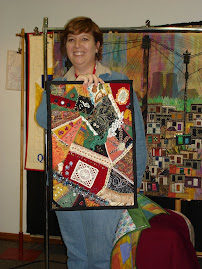
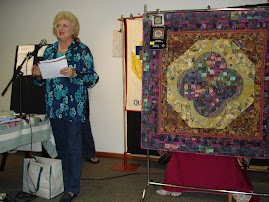
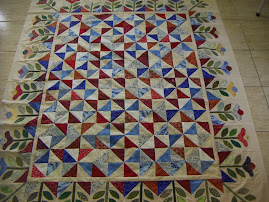
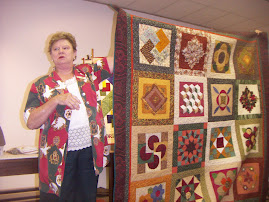
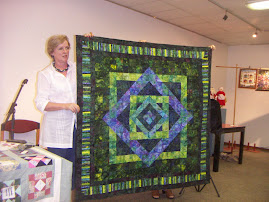Tilly+de+Harde+Where+have+all+the+Butterflies+Gone..jpg)
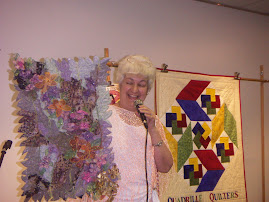Colleen+Harris+Midsummer+nights+dream.jpg)
.jpg)
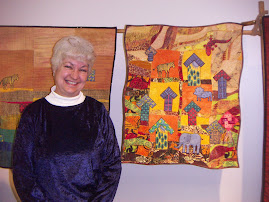
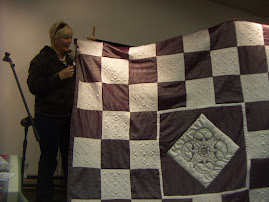.jpg)
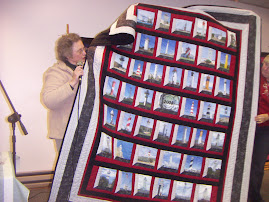
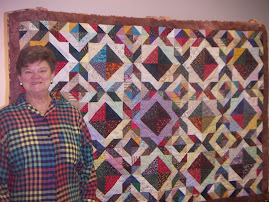
Rosemarie+Eriksson+Embroidered+quilt.jpg)
Berlize+tulip+quilt..jpg)


.jpg)
+Mary+Ash+Baltimore.jpg)


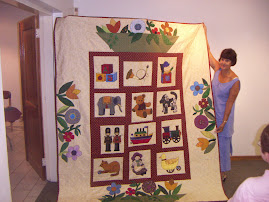
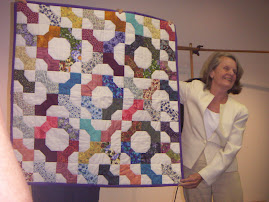
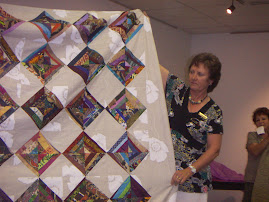
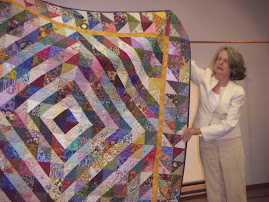
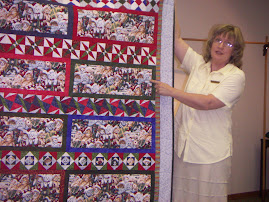




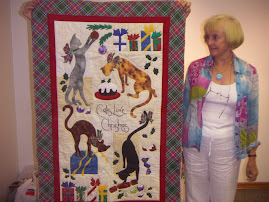
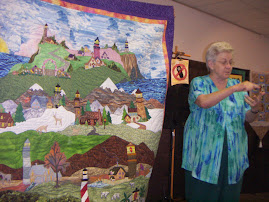

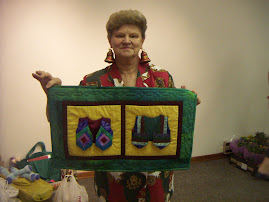
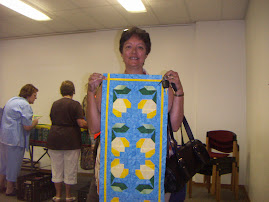
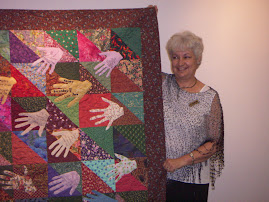
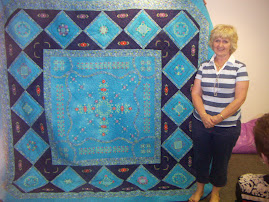
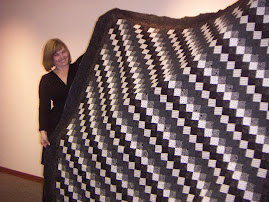
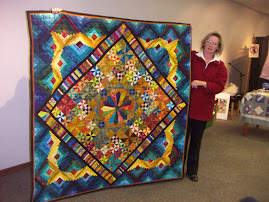
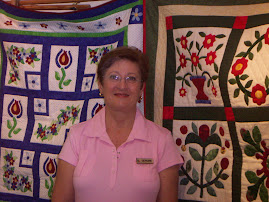

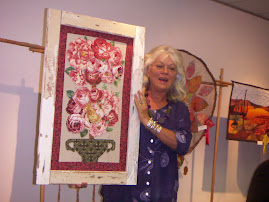
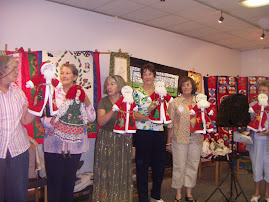.jpg)
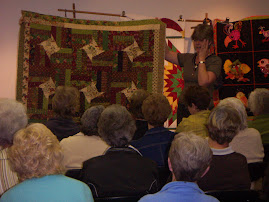.jpg)

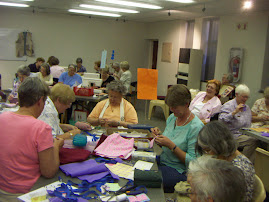
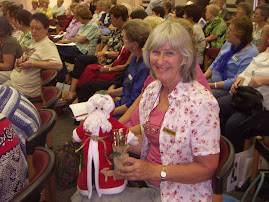
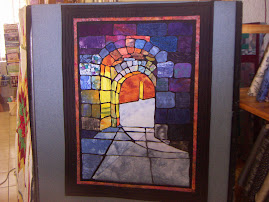
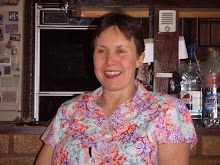


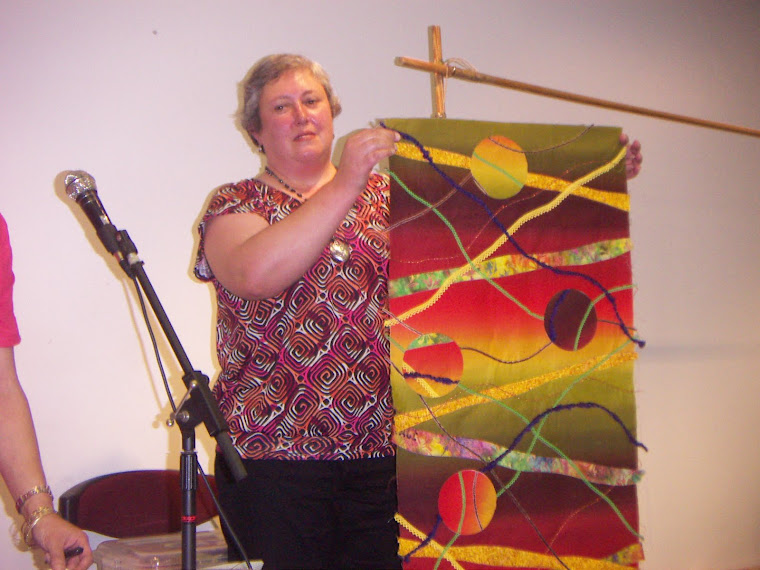Tertia+Darn+Quilt.jpg)
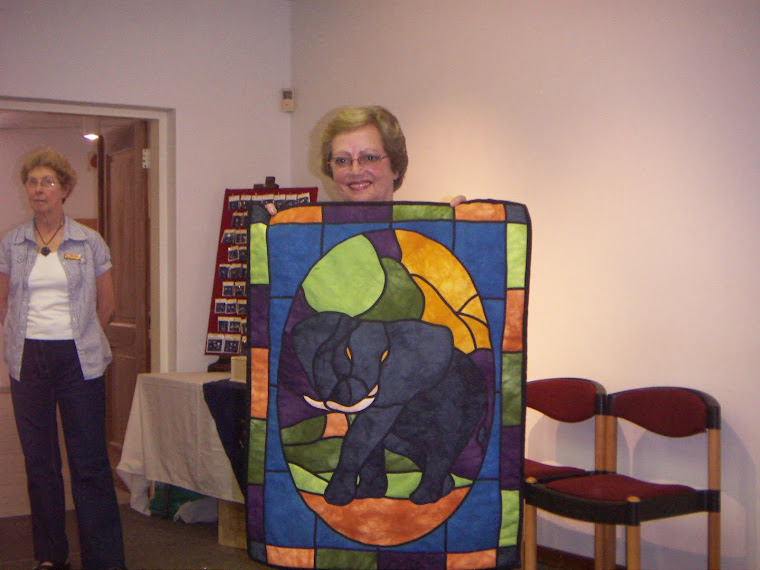Yvonne+jordan+Elephant+quilt.jpg)
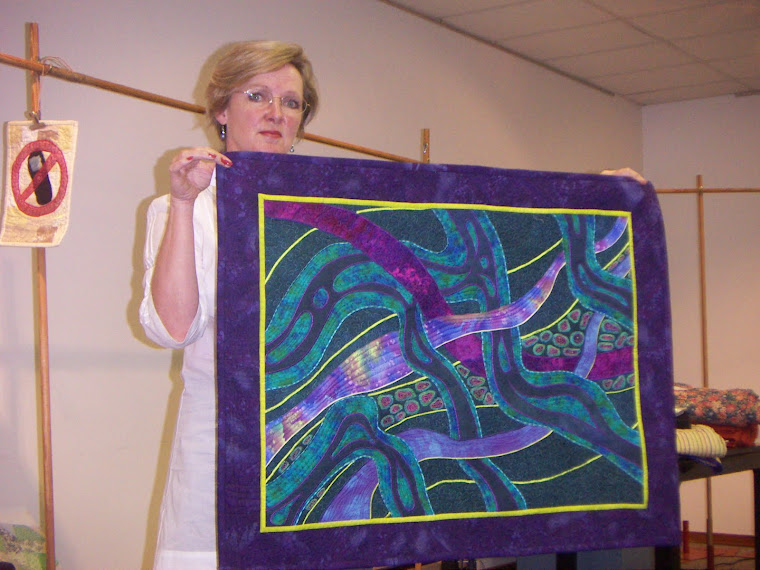Tilly%27s+Goodbye+to+the+Grid.jpg)
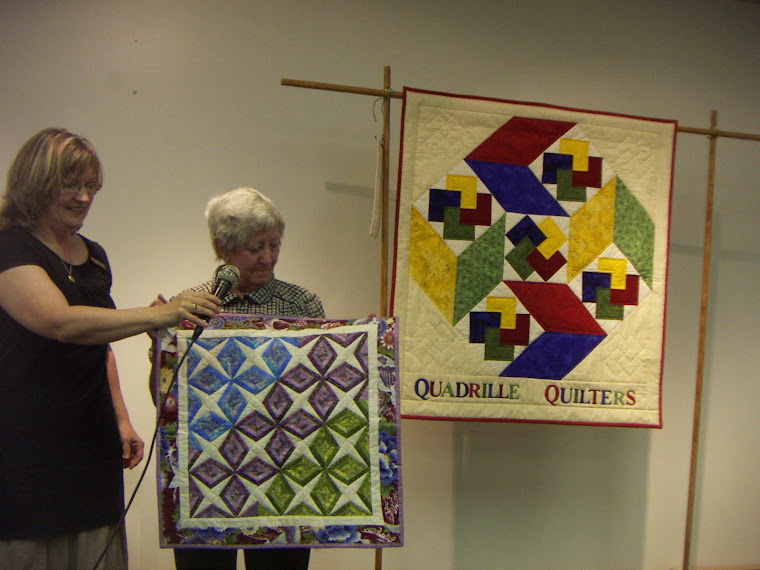
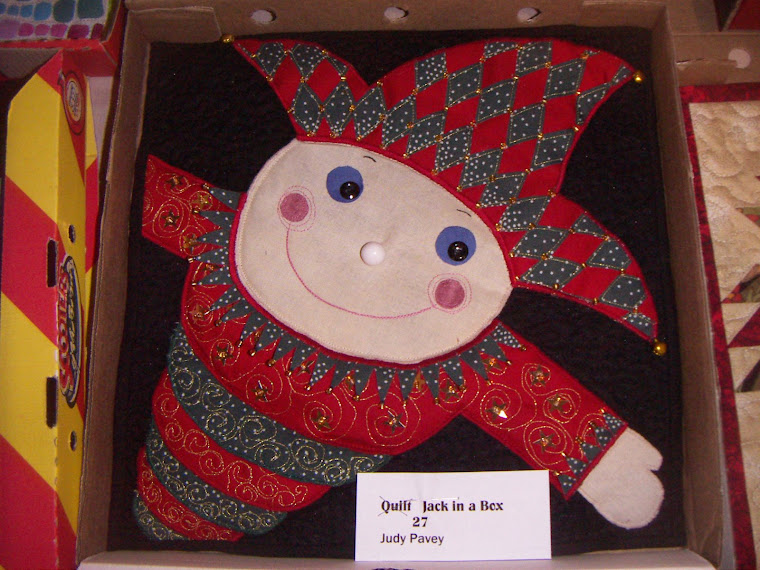
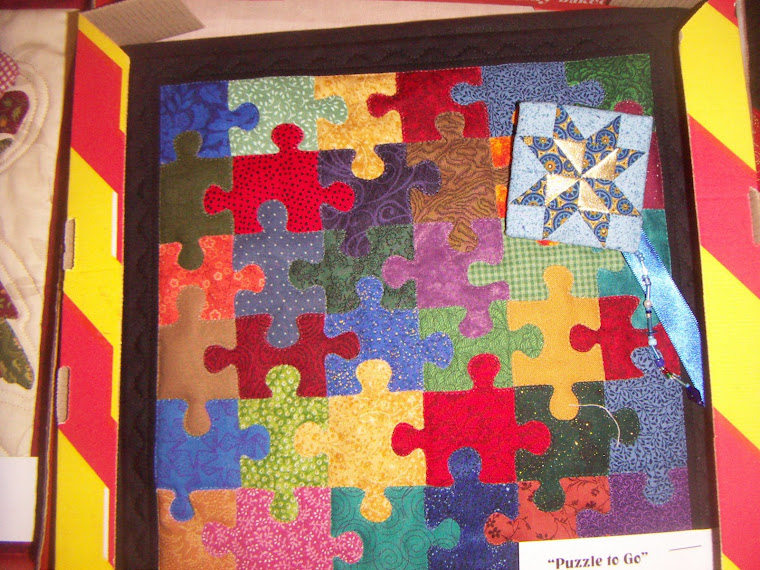
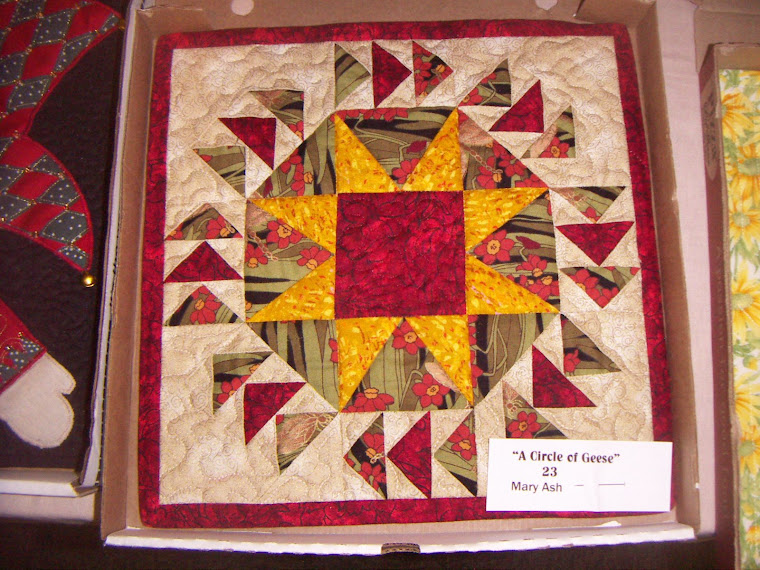
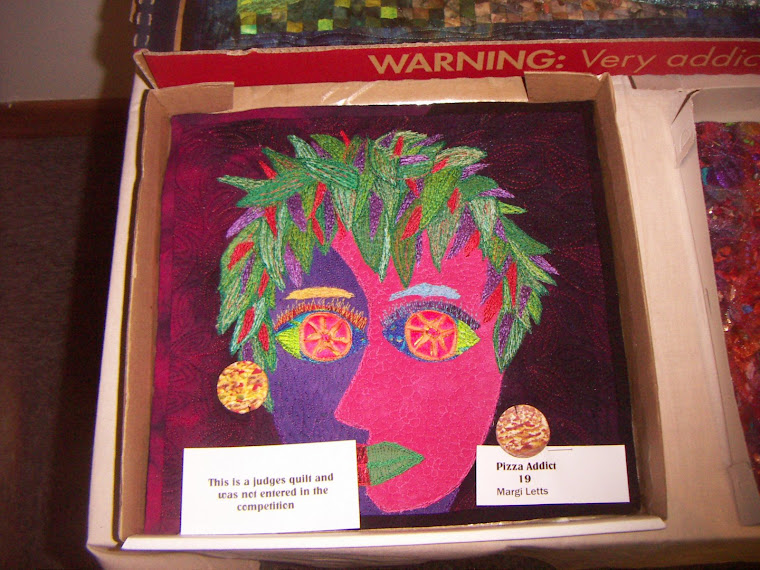
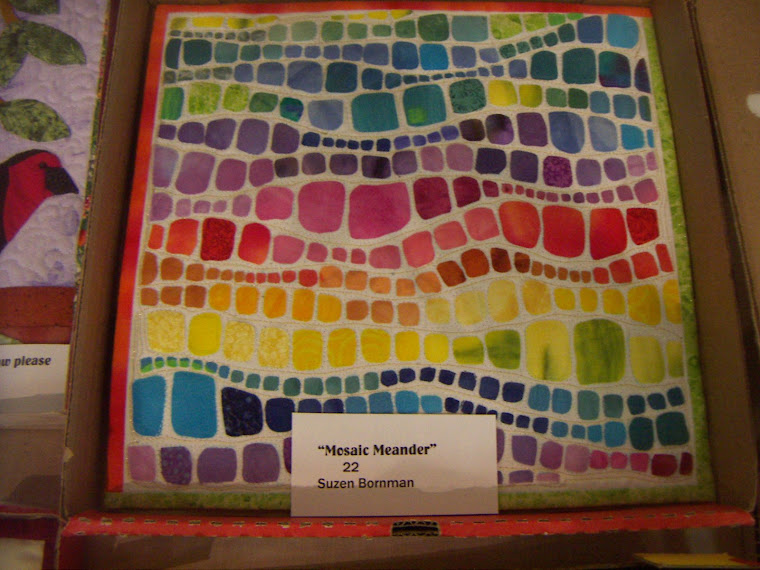
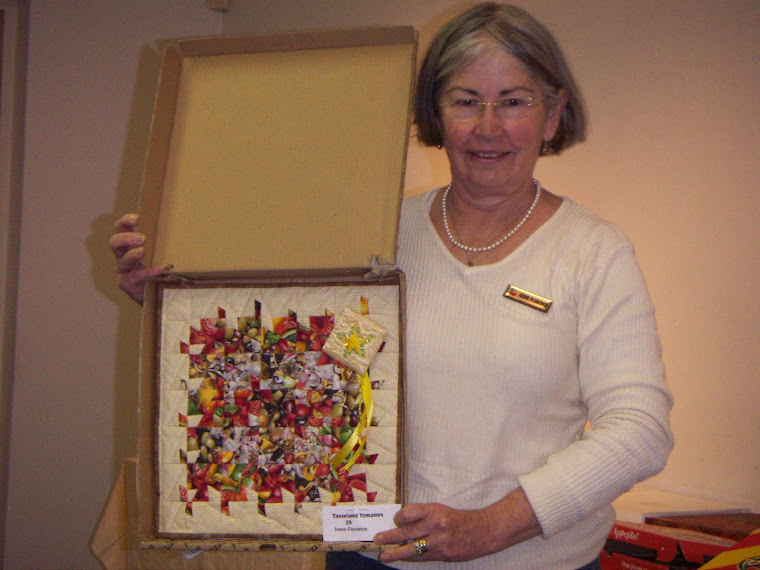


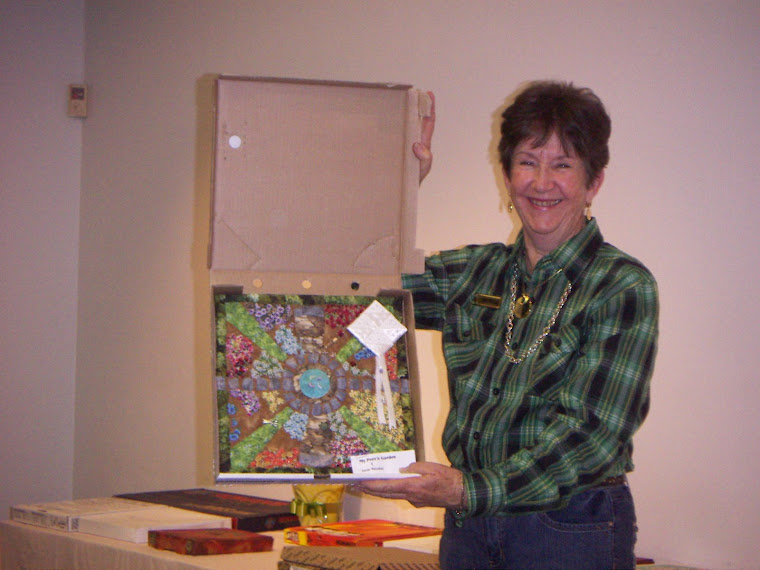


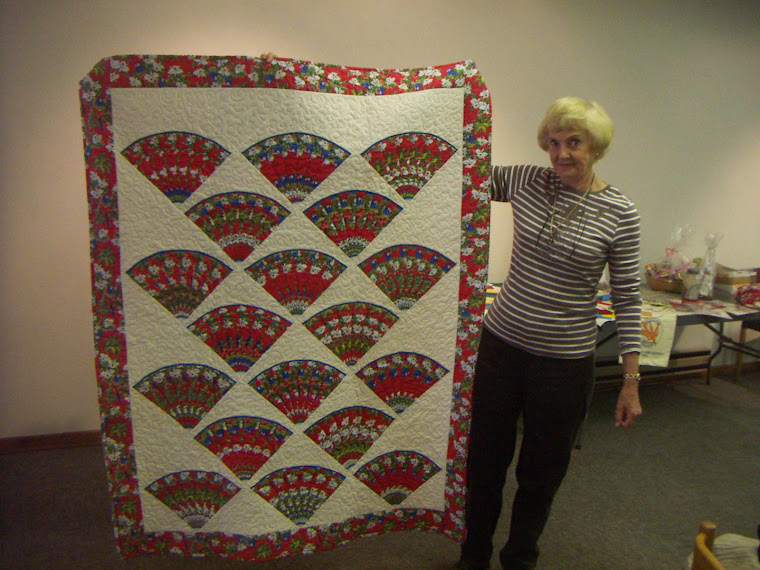Dorinda%27s+Stack+and+Whack.jpg)
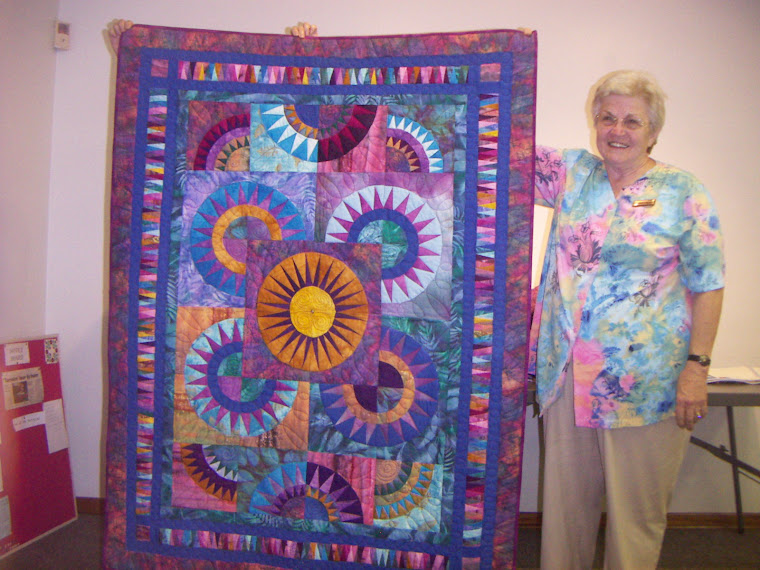.jpg)
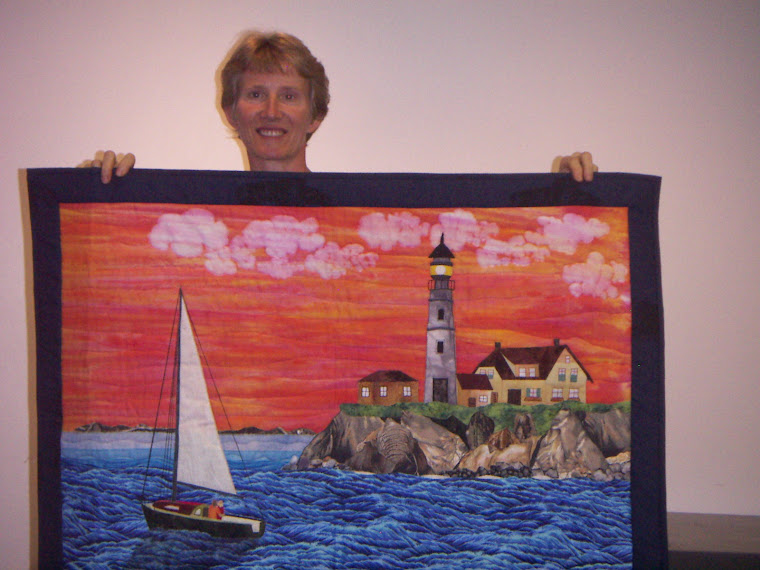Ira%27s+landscape+lighthouse..jpg)
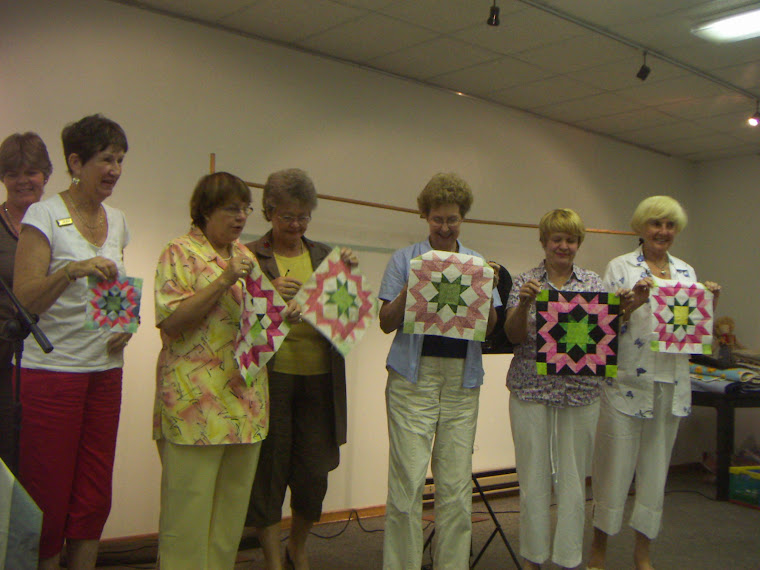.jpg)
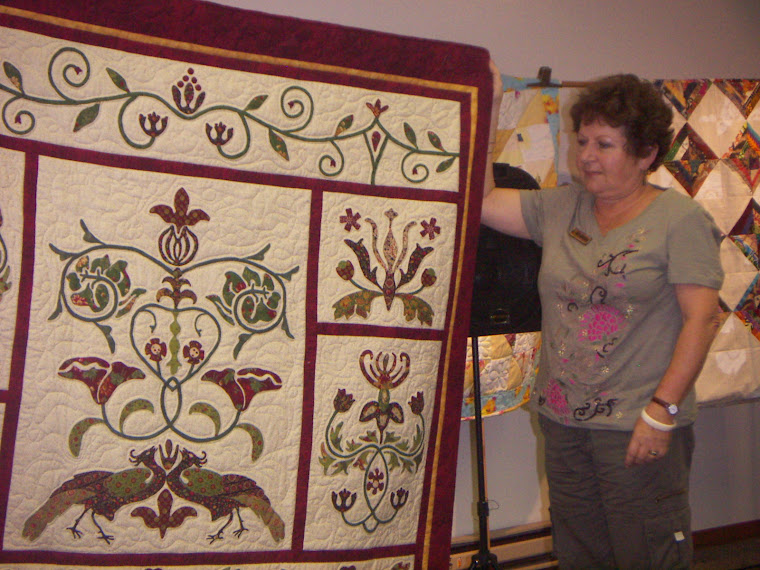
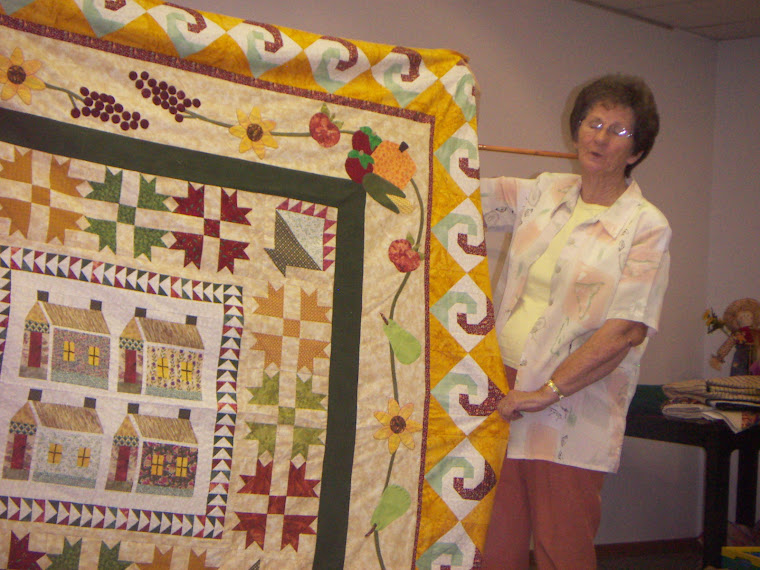
.jpg)
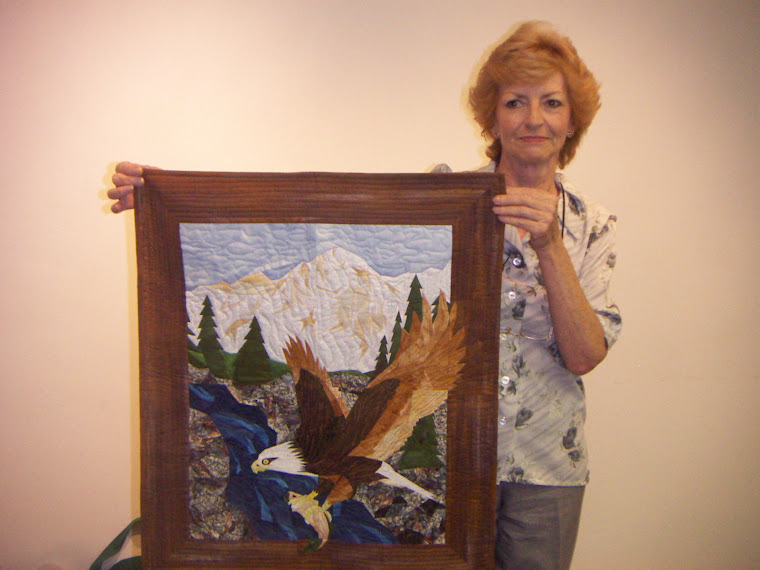
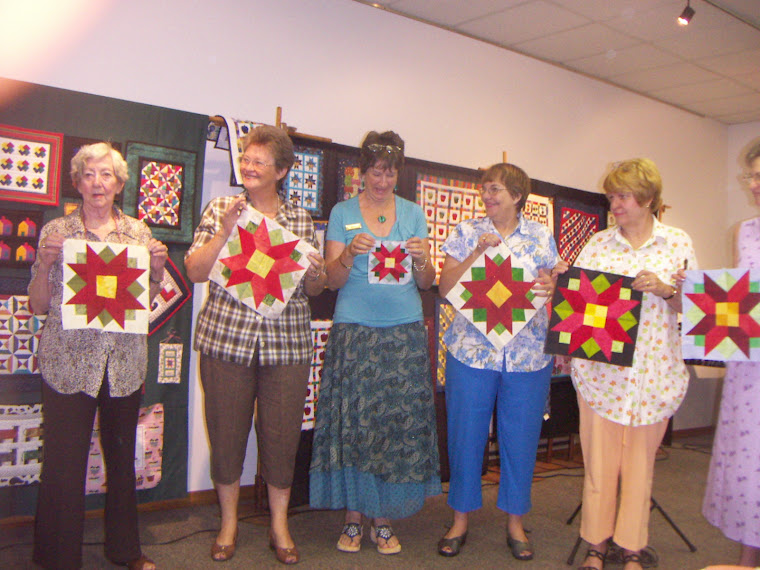.jpg)
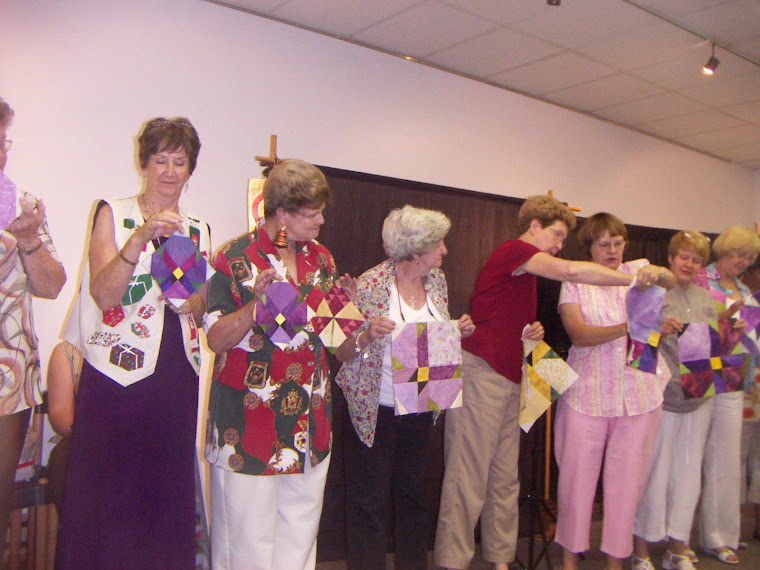
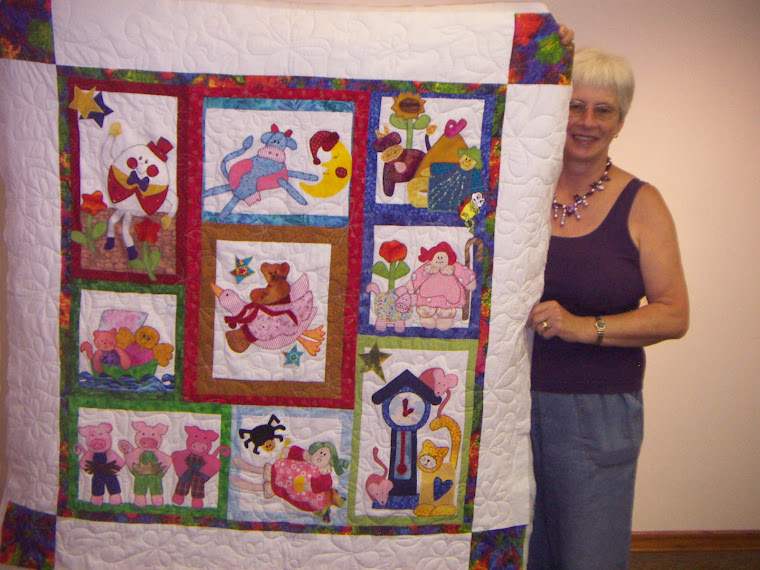
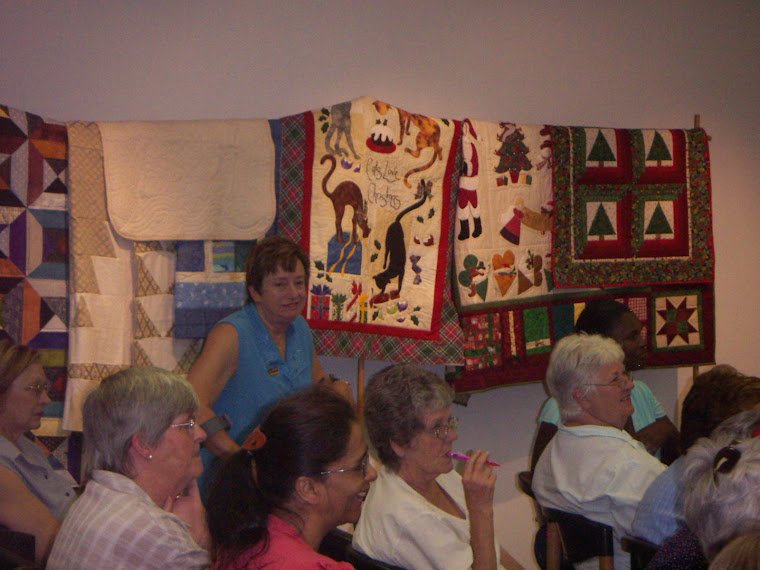
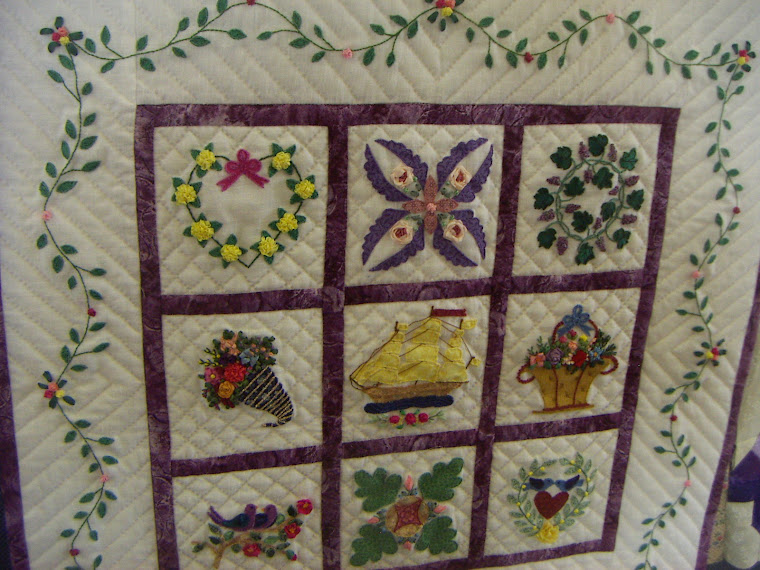
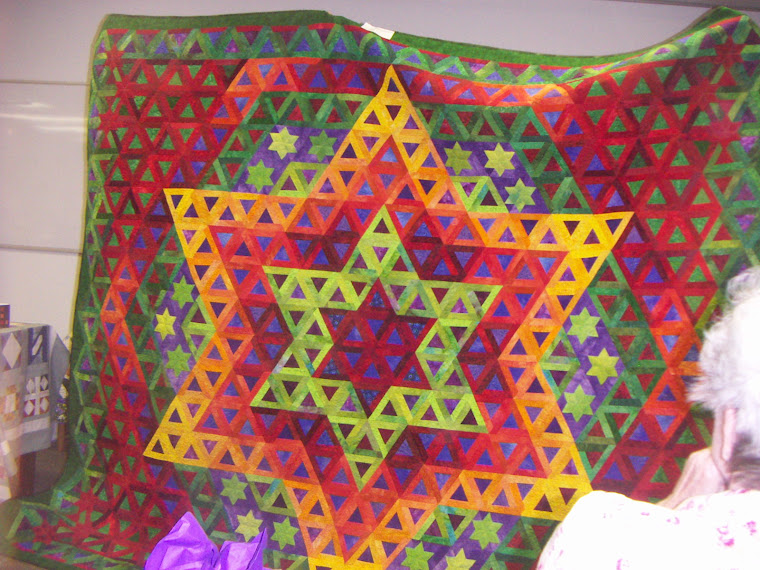.jpg)

No comments:
Post a Comment